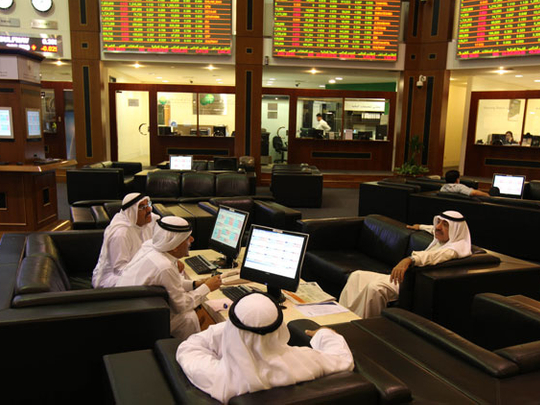
Dubai:
The global sukuk market is expected to grow 141.32 per cent to reach $292 billion (Dh1.07 trillion) in issuances by 2016, up from $121 billion (Dh444 billion) in 2012, according to a latest report by Thomson Reuters.
The value of global aggregate sukuk for the period January 1996 to September 2012 is $396.4 billion, attributed to 2,790 issues.
“More than 60 per cent of this total value comes from sukuk issued between 2010 and 2012, when 1,486 sukuk were issued to the tune of $248.5 billion,” the report says.
“On an average, investors expect 50 per cent of their portfolios to be allocated to Islamic finance investments. Between $200 million to $800 million, or an average of 35 to 40 per cent of this would be allocated to sukuk.
“Real estate is the least preferred sector for investors, while arrangers least expect issuances from the oil and gas sector. GCC investors overwhelmingly prefer USD sukuk, while Asian investors are split between USD, Malaysian ringgit and other currencies.”
Sukuk is the Arabic name for financial certificates, but commonly refers to the Islamic equivalent of bonds. Since fixed income, interest bearing bonds are not permissible in Islam, Sukuk securities are structured to comply with the Islamic law and its investment principles, which prohibits interest. Financial assets that comply with the Islamic law can be classified in accordance with their tradability and non-tradability in the secondary markets.
“The sukuk market is witnessing extensive growth and the sukuk is finally breaking out from its shell of being a niche market instrument to enter a new era as a global alternative to conventional bonds,” Dr Sayd Farook, Global Head Islamic Capital Markets, Thomson Reuters, said.
“However, beyond rose-tinted spectacles, the sukuk market faces challenges that may slow or even clog growth channels. Deficiencies persist in the areas of sukuk structures and their associated documentation, investor rights, transparency, and illiquidity in the secondary market due to the shortage of dedicated market makers and the lack of an Islamic mega bank.”
According to Global Islamic Finance Report 2012, $1.34 trillion worth of assets are being managed according to Islamic investment principles.
Sukuk activity has been most concentrated in two regions — South East Asia (mainly Malaysia) and the Middle East (mainly GCC). Malaysia is the world’s largest issuer with 1,897 sukuk issuances amounting to $266.92 billion.
The UAE leads the Mena countries in sukuk volume, with increasing competition from Saudi Arabia from 2010. In the first nine months of 2012, Saudi Arabia outpaced UAE with its $9 billion to the UAE’s $5.3 billion.
Tapping the sukuk market could help improve the capital structure and liquidity profiles of GCC and Asian companies, particularly, those operating in capital-intensive industries such as infrastructure. It could provide such companies the longer-term funding they need via a different funding source.
The GCC and Asia are centres of the growing estimated $1 trillion market. At the same time, Asia and the GCC are seeking huge amounts of capital to pay for their soaring needs for new infrastructure.
“The GCC market reached over $19 billion of issuance as at July 2012, about the same as for all of 2011. Of that, infrastructure represented 30 per cent, compared with just 7 per cent the previous year,” Karim Nassif, Standard & Poor’s credit analyst, says. “The reasons for the surge are low yields, relatively high liquidity, large capital expenditure needs, and strong investor appetite.”
In an era when the world’s conventional banks are producing fewer and shorter loans and companies are considering other options for finance, rating agency Standard & Poor’s believes that Islamic financial instruments could become a key funding source, especially in the GCC countries and Asia.
“Total sukuk issued out of Asia reached $57.9 billion in July 2012, compared with $64.9 billion for all of last year,” said Standard & Poor’s credit analyst Allan Redimerio.
Captive demand
The global captive sukuk demand is expected to double from $240 billion in 2012 to reach $421 billion by 2016, the report says.
“Despite the projected growth in supply, the spread between demand and supply is expected to widen even further to more than $280 billion within the next four years.
“Based on a number of data points, we project the potential demand and the supply pipeline growth. Sukuk demand will continue to outstrip supply, despite the increased growth in issuances.”












